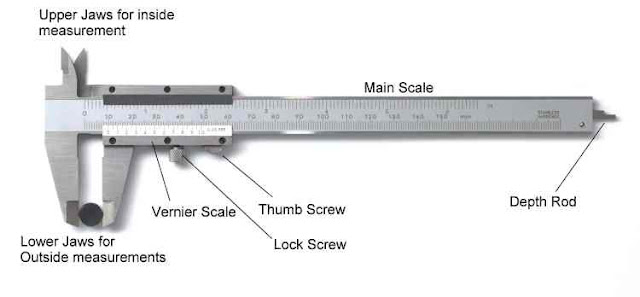Types and Uses of Precious Metals
Types of Precious Metals:
This kinds of metals are divided into three subgroups: gold and gold alloys, silver and silver alloys, platinum group metals (consists of six metals extracted from nickel ores: platinum, palladium, rhodium, iridium, ruthenium, and osmium). These metals are nearly completely corrosion resistant. Platinum metals withstand up to 1760 °C without any evidence of erosion and corrosion.
Following are the types of Precious Metals:
Gold (Au):
 |
| Gold |
Very soft, ductile material that undergoes very little work hardening. Gold is often alloyed with other metals (such as copper) for greater strength. It has many kinds of occasional uses as a reflecting surface, attachments to transistors and jewelry.
Silver (Ag):
 |
Silver |
The least costly metal of this group. Very corrosion resistant. Plated onto low-voltage electrical contacts to stop oxidation of surfaces when arcing occurs. Used in photographic emulsions due to photosensitivity of silver salts.
Platinum (Pt):
 |
Platinum |
A silver-white metal. Extremely malleable, ductile and corrosion resistant. When heated to redness, it softens and easily worked. Since it's inert, nearly non-oxidizable and stable even at high temp. Used for high-temp. handling of high purity of chemicals and laboratory materials. Also utilized in thermocouples, spinning and wire-drawing dies, components of high power vacuum tubes, glassworking environment and electrical contacts.
Palladium (Pd):
 |
Palladium |
A silver-white metal. Very ductile, slightly harder than platinum. Principally utilized in telephone relay contacts and as a coating on printed circuits.
Rhodium (Rh):
 |
Rhodium |
It is the hardest metal with the highest electrical & thermal conductivity in platinum group. Its high polish and reflectivity make it ideal as a plated coating for special mirrors and reflectors. Rhodium and its alloys are used in furnace windings and in crucibles at certain temperatures that are too high for platinum.
Iridium (Ir):
 |
Iridium |
The most corrosion-resistant metallic element. Together with Cobalt-60, radioisotope Iridium-192 satisfies most of the economic radiography requirements. It has high-temp. strength comparable to that of tungsten up to 1650 ºC. It is utilized for spark plug electrodes in aircraft and other engines where high reliability is needed.
Ruthenium (Ru):
 |
Ruthenium |
Very hard and brittle metal. Its tetraoxide is quite volatile and poisonous. It is added to platinum to extend resistivity and hardness.
Osmium (Os):
 |
Osmium |
The heaviest known metal, having a density of about 3 times that of steel. The metal oxidizes readily when heated in air to form a very volatile and poisonous tetraoxide. It has been used predominantly as a catalyst.



Comments
Post a Comment